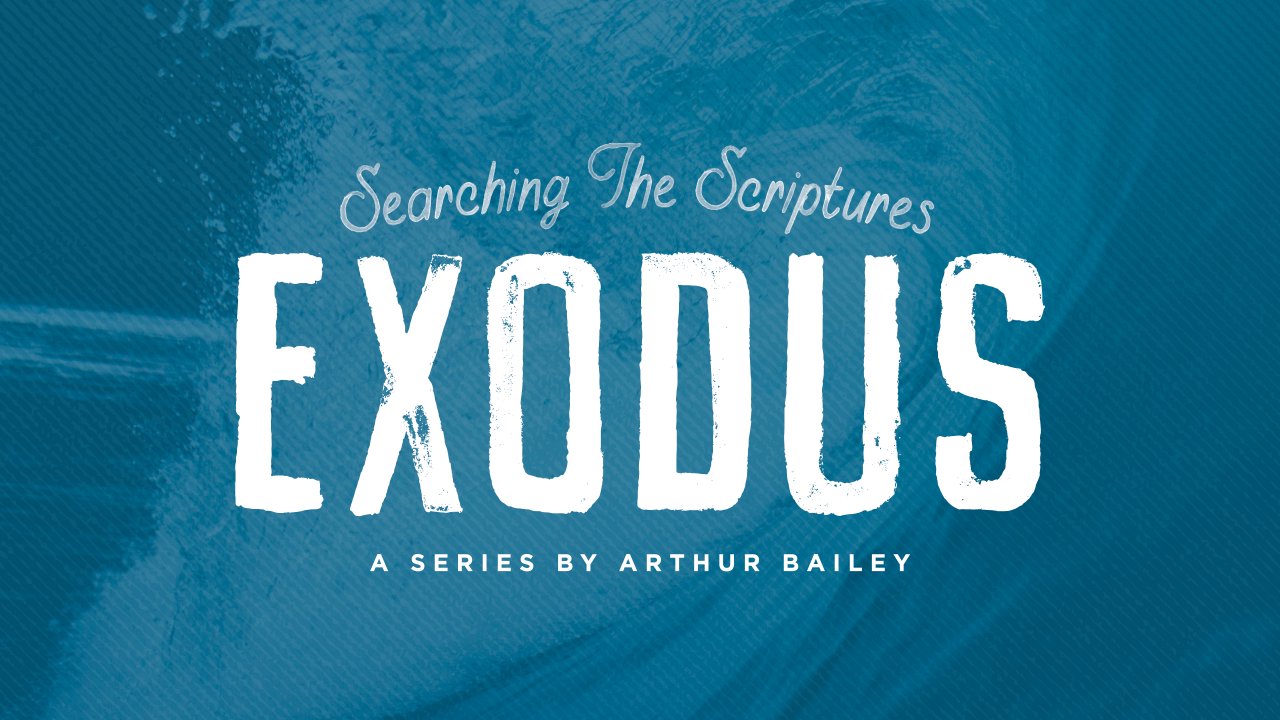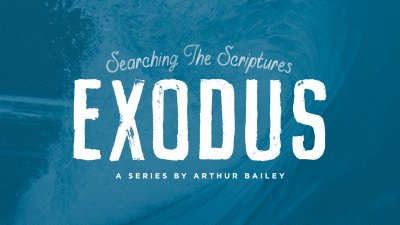After Moses has been given the instructions for the construction of the Tabernacle, its furnishings, and how the Tabernacle would be supported in perpetuity, Moses is given the final instructions for the composition of the anointing oil and incense. The anointing oil was instrumental for anointing all the furniture and the Priests before they could begin their service in the Tabernacle unto YeHoVaH on behalf of themselves and all of Israel. Israel also included the people who joined themselves to Israel prior to the Exodus from Egypt.
The incense would be used to burn before YeHoVaH on a daily basis. This presented a unique aroma continuously unto YeHoVaH as He would dwell in the midst of all of Israel for their years of wandering in the wilderness and beyond.
As with prior instructions, YeHoVaH emphasized the strictness of following the instructions given and the warnings associated with those instructions. In this portion of Exodus, Moses receives the instructions for the anointing oil and the incense.
In preparation for this study, The Anointing Oil and the Incense, please read Exodus 30:22-38.
The Anointing Oil and the Incense
Exodus 30:22-38
October 21, 2021 • Arthur Bailey • Exodus 30:22–38
The Anointing, Consecration and The Glory
January 21, 2022 • Arthur Bailey • Exodus 40
The construction of the Tabernacle, the Most Holy Place, the Holy Place, and the Tabernacle Courtyard had all been completed along with the items that would be placed in them. All of this was for the work of the service that would be commanded and performed by the High Priest, the Priests, and the Levites. The holy garments of the High Priest and Priests had been made according to the pattern Moses was given by YeHoVaH. Everything that had been made, under the oversight of Bezaleel and Aholiab, had been brought to Moses to be inspected. After Moses had inspected the work, saw that they had done it just as YeHoVaH had commanded, Moses blessed them. In this final portion of Exodus, Moses receives instructions from YeHoVaH to set up the Tabernacle, the Tent of Meetings, and have everything that had been made placed in the appropriate location in the Tabernacle according to the instructions and setup pattern Moses had been given. In preparation for this study, The Anointing, Consecration and The Glory, please read Exodus 40:1-38.
The Tabernacle, Priestly Garments & Blessing
January 14, 2022 • Arthur Bailey • Exodus 39
The Most Holy Place, the Holy Place, and the Tabernacle Courtyard had all been completed along with the items that would be placed in them for the work of the service that would be commanded and performed by the High Priest, the Priests, and the Levites. YeHoVaH had given Moses the pattern of the Tabernacle and specific instructions for the garments the High Priest and the Priests were required to wear while performing their duties in the Most Holy Place, the Holy Place, and the Tabernacle Courtyard. After the construction was completed, it became obvious that everything in the Tabernacle was instructed to be made portable, not stationary. The Tabernacle was a moveable structure that would be set up, taken down, and moved as the Israelites would wander in the wilderness until entering into the Land of Promise. In this portion of Exodus, the focus turns to the making of the garments for the High Priest and the Priests, as well as the final inspection of everything Moses was instructed to have had made. In preparation for this study of The Tabernacle, Priestly Garments & Blessing, please read Exodus 39:1-43.
The Outer Court
January 7, 2022 • Arthur Bailey • Exodus 38
Moses had been instructed and given the pattern of the Tabernacle by YeHoVaH. The work of constructing the Tabernacle and all of the components needed to do the work had been committed to Bezaleel, Aholiab, and every wise hearted person in whose heart YeHoVaH had put wisdom, even every one whose heart stirred them up to come and do the work. Moses gave them the pattern and all the offerings that had been given for the work. As the work commenced, a pattern emerged that revealed the order in which the construction of the Sanctuary of YeHoVaH was made. The Most Holy Place and the Holy Place were completed along with the items that would be placed in the Sanctuary for the work of the service that would be commanded. In this portion of Exodus, the focus of the work turns to the construction of an essential, indispensable, vital part of the Tabernacle service. Without it, the work and function of the Priests and High Priest would virtually cease. Join us as we revisit the construction site of the Sanctuary and Tabernacle in the teaching on The Outer Court. In preparation for this study of The Outer Court, please read Exodus 38:1-31.




